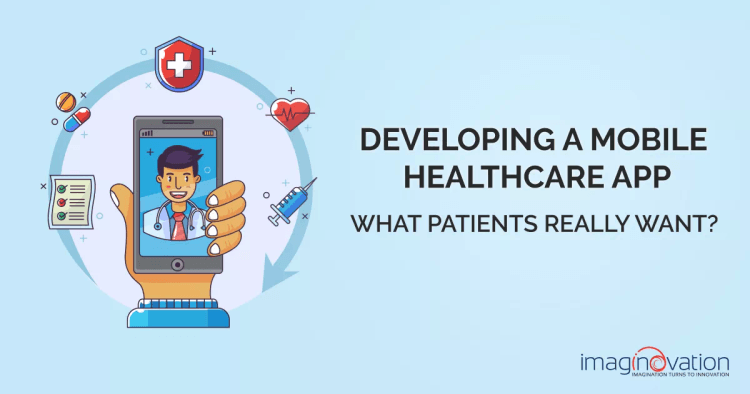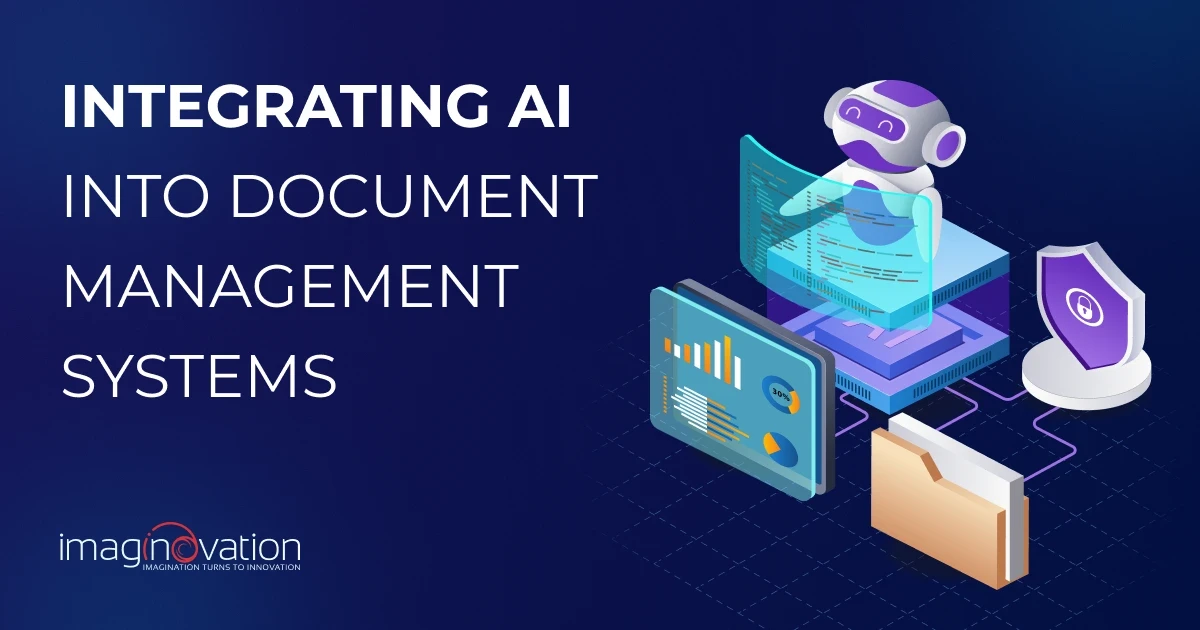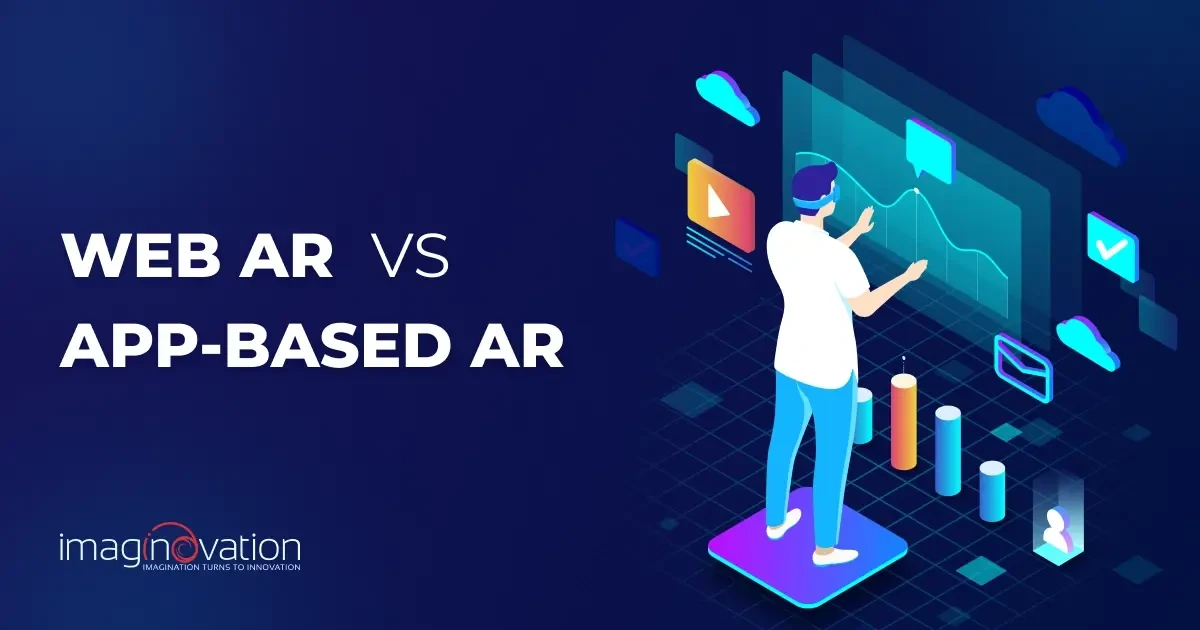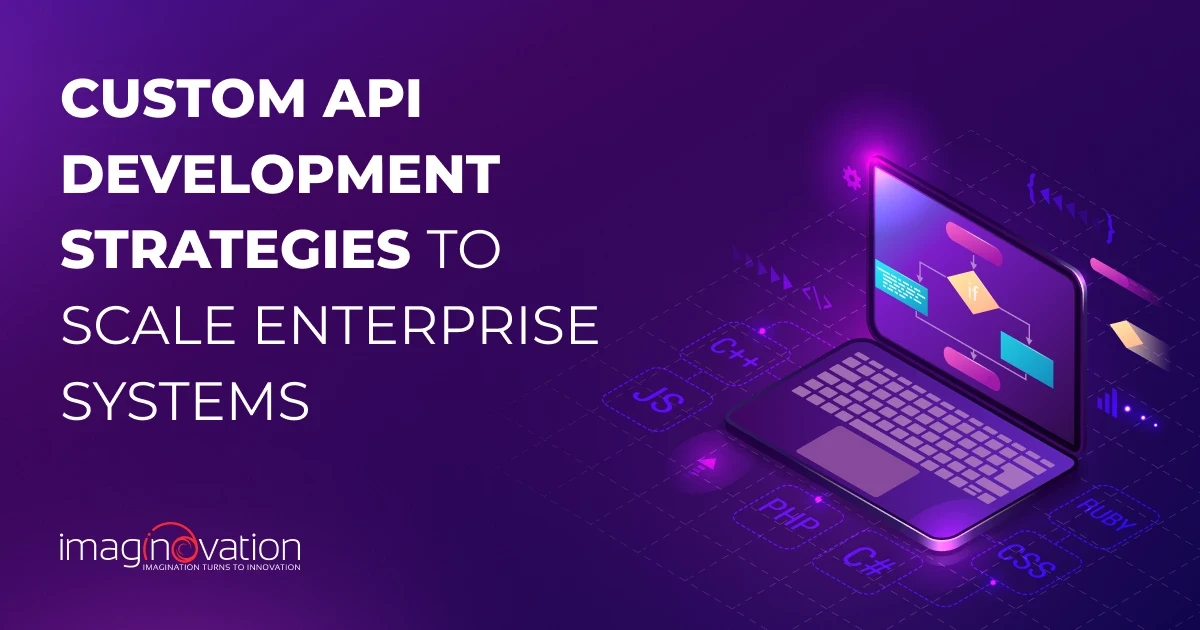Healthcare is more connected, personalized, and mobile-first than ever. Patients no longer just download apps; they expect secure, seamless digital experiences that fit naturally into their lives.
With AI insights, wearable integrations, and real-time health tracking becoming the norm, mobile health apps are evolving into complete digital care platforms. As this change accelerates, patient expectations are rising quickly.
According to Market Research Future, the global digital health market is projected to grow from about $350 billion in 2024 to over $900 billion by 2030, driven by demand for virtual care, remote monitoring, and personalized digital health solutions.
Since patients are the ultimate end users, their needs must guide every stage of mobile healthcare app development, from user-friendly design and accessibility to privacy, compliance, and interoperability.
This blog explores what patients truly want from healthcare apps, including easy navigation, real-time data access, AI-enabled telehealth, and wearable integration.
It also highlights top-performing healthcare apps, the importance of building an MVP first, and key challenges developers should prepare for in today’s digital health ecosystem.
Let’s get started.
What Do Patients Want in a Mobile Healthcare App?
Dr. Karen DeSalvo, Chief Health Officer at Google Health, says, “The future of health is consumer-driven. People will expect a mobile-first experience with more personalized insights, services, and care”.
By designing an app that meets the needs and preferences of patients, you can improve the user experience, increase patient engagement, and ultimately improve health outcomes.
A patient-centric approach can also help you gain trust and confidence, as patients are more likely to engage with a provider who understands their needs and preferences.
Although healthcare mobile apps are intended to improve the quality of care for patients, most fall short of this expectation.
Brian Kalis, managing director of Accenture's Health practice, said that simply having a mobile app is not enough — it has to be useful and engaging for patients.
Highlighting this need, he observes, “Apps are failing to engage patients by not aligning their functionality and user experience with what consumers expect and need. Consumers want ubiquitous access to products and services as part of their customer experience, and those who become disillusioned with a provider's mobile services – or a lack thereof – could look elsewhere for services.”
It is highly concerning that hospitals are able to engage only 2% of their patients on healthcare apps.
Healthcare organizations have an incredible opportunity to improve patient satisfaction through mobile apps.
But how and where to start?
Below are some tips that will help you understand what patients really want and what areas you should focus on when developing a healthcare app.
Also Read: HIPAA Compliant App Development: Best Practices & Checklist
1. Easy Navigation
A healthcare mobile app should be easy to use and navigate. Patients expect intuitive and simple interfaces that are easy to navigate and understand.
It's good to have unique features in your app, but don't make the basic features so hard to find that patients won't use them.
“Right now (and we do mean right now), consumers are looking for the basics in mHealth access. We want to make it as simple as possible for patients to navigate,” says Dr. Peter Fleischut, CIO at NewYork-Presbyterian.
Patients look for an app that helps them save time on booking, changing, or canceling doctor's appointments. If your mobile app requires patients to spend a long time figuring out how it works, they'll no longer use it. It's that simple.
So, whether it's about booking an appointment or scheduling an online diagnosis, a successful healthcare app is one that provides easy access to all the necessary functionalities and saves a tremendous amount of time and effort for patients instead of adding more.
2. Access to Detailed, Actionable Information
Patients expect access to their health information, medical records, test results, and other relevant information via the mobile app.
Providing information just for the sake of it will not make your app successful.
Easy access to health information will allow patients to keep tabs on their health status with the app, check out how they're doing over time, and take proactive steps to manage their conditions. For example, they can monitor blood pressure, blood sugar, and heart rate.
Design your healthcare app in a way that it can walk patients through the pool of information about a specific condition.
Make sure you use interactive tools and layman's terms to keep patients engaged with your app.
3. Telemedicine / Video consultation with Healthcare Professionals
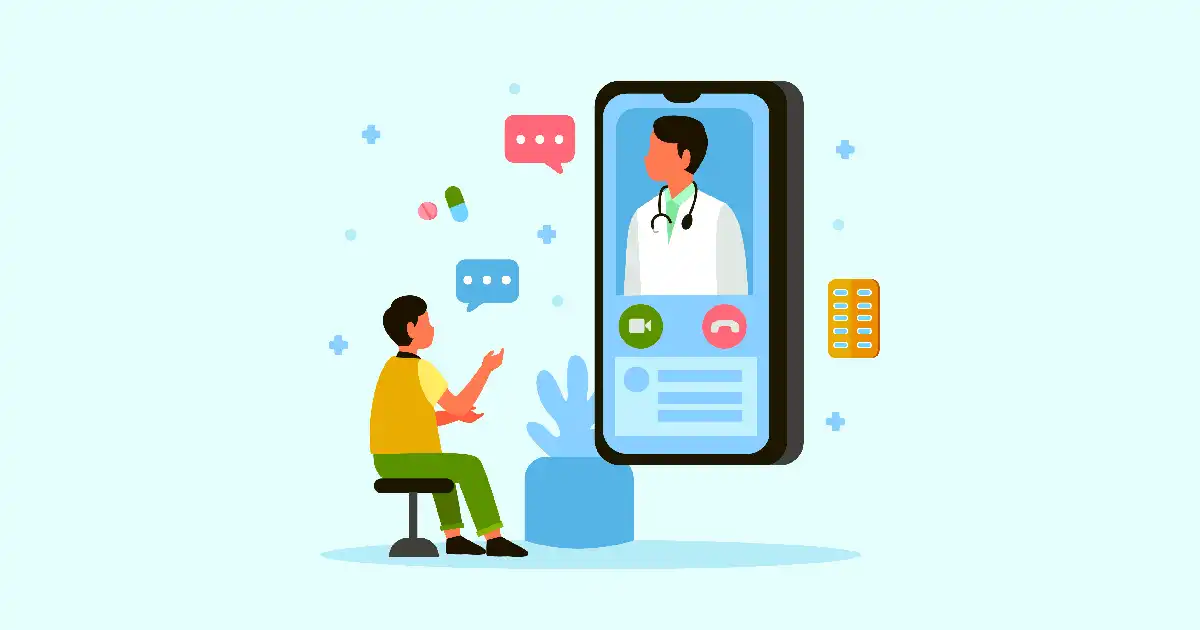
It is essential that the mobile healthcare app allows patients to interact easily with healthcare professionals. According to the study, roughly 75% of hospital visits are very basic in nature and can be handled over the phone or via video call.
Such video consultations feature enables patients to consult with their healthcare providers from the comfort of their homes or other remote locations. This can save them time and effort. It is particularly beneficial for patients who live in rural or remote areas, have mobility issues, or have difficulty traveling to healthcare facilities.
Patients can also avoid the costs associated with transportation to and from healthcare facilities and reduce the need for in-person appointments, which can be more expensive.
Patients also get increased access to specialists. Consulting with specialists who may not be available in their local area can improve the quality of care patients receive.
“Medical boards and medical associations were hesitant about embracing telehealth; physicians were concerned about diminishing the relationship they have with patients. But the experiences with telehealth during the last couple of years have been reassuring, and telehealth increasingly has become one of the ways physicians interact with patients,” says Roy Schoenberg, CEO of American Well, one of the leading telehealth companies in the US.
4. Connecting with Patient Community
Patients want to connect and interact with one another. That's why adding a community feature to your healthcare app is essential.
According to a study published in the Journal of Medical Internet Research, providing a social platform to patients is a powerful way to enhance healthy behaviors. More than 56% of the 217 users surveyed found that the social feature in-app increased their belief that others wanted them to lead a healthy routine.
There are many benefits of adding social features to the app. For example, when an individual is diagnosed with a particular illness or disease, they would most likely want to connect with people diagnosed with a similar condition.
It helps patients feel comfortable and part of a supportive community. In addition, it can be a great tool to keep patients engaged with your healthcare app.
5. Simple Yet Amazing Digital Experience
Modern consumers expect a smooth and elegant user experience. Unfortunately, data shows that 90% of the mHealth apps are NOT regularly used once they're downloaded. Poor user experience can be a reason why most mobile health apps fail to make a great first impression.
In fact, data shows that about 21% of millennials tend to delete an app if it offers a poor digital experience.
So, your mobile app must have a user-friendly UI. Mobile healthcare apps that provide attractive data visualization are much more likely to retain and engage patients.
Users typically prefer pages and designs that have soothing colors. Also, keep your target audience in mind while designing the overall appearance. For example, your app should have bigger icons and text if you're targeting older people.
6. Integration with Wearable Devices
![]()
Patients are increasingly looking forward to integrating healthcare apps with wearable devices. Wearable devices, such as smartwatches, fitness trackers, and other health-monitoring devices, can provide patients with real-time health data that can be used to monitor and manage their health conditions.
Here are some reasons why patients are interested in the integration of healthcare apps with wearable devices:
- Improved Health Monitoring: Wearable devices can provide patients with real-time health data, such as heart rate, blood pressure, and sleep patterns, which can help patients monitor and manage their health conditions more effectively.
- Convenience: Wearable devices are convenient for patients. Patients can monitor their health data without visiting healthcare facilities.
- Personalization: Wearable devices can provide personalized health data tailored to patients' needs.
- Increased Patient Engagement: Wearable devices can improve patient engagement. Patients who can easily monitor their health data are more likely to take an active role in their health management and seek medical care when needed.
- Better Healthcare Outcomes: Wearable devices can lead to better patient healthcare outcomes. Patients who monitor their health data regularly are more likely to manage their health conditions effectively and avoid complications.
7. Appointment Scheduling
A healthcare mobile app should allow patients to book appointments easily and quickly without having to make phone calls or visit the healthcare facility in person.
Patients can choose an appointment time that is convenient for them and avoid long wait times associated with walk-in appointments.
8. Secure messaging
Secure messaging provides a secure and convenient way for patients to communicate with their healthcare providers. Patients can ask questions, share health information, and receive personalized advice and treatment recommendations from their healthcare providers.
It ensures the confidentiality of patient health information. As a result, patients can communicate with their healthcare providers without worrying about the privacy and security of their health data.
Besides, it allows patients to receive timely medical advice from their healthcare providers. Patients can communicate with their healthcare providers in real-time and get quick responses to their health concerns.
Overall, patients look for a healthcare mobile app that can provide them with quick access to relevant health information, improve their engagement in their health management, and make their healthcare journey more convenient and efficient.
Also Read: 9 Web Development Solutions Healthcare Businesses Need to Fight Corona-like Pandemics
Develop a Minimum Viable Product (MVP) First
Why Build an MVP First?
Developing a Minimum Viable Product (MVP) is one of the most effective ways to validate your healthcare app idea before committing to full-scale development.
An MVP focuses on the core features that deliver real value to patients while allowing you to test usability, gather feedback, and refine your product direction early.
Today, MVP development isn’t just about building fast—it’s about building smart and responsibly. A healthcare MVP should:
- Include HIPAA, GDPR, and SOC 2 safeguards from day one to establish patient trust.
- Test FHIR interoperability to ensure seamless data exchange with EHR systems.
- Validate AI-assisted and wearable integrations in controlled environments.
- Create structured feedback loops with both patients and clinicians to measure engagement, outcomes, and usability.
Launching lean helps you identify what features patients actually use and value, rather than relying on assumptions. Early insights from an MVP guide better decisions on design, functionality, and long-term scalability.
By combining compliance, interoperability, and real-world patient feedback from the start, you set the foundation for a secure, efficient, and successful healthcare app.
Top Performing Patient-Focused Healthcare Apps in the US
The digital health ecosystem is packed with mobile apps, but only a few truly deliver on patient value, usability, and integration.
The following five stand out for how effectively they combine medical credibility, data security, and user-centered design.
1. Teladoc Health
Teladoc remains the benchmark for large-scale virtual care delivery. It connects patients with certified physicians, mental health providers, and chronic care specialists through a unified digital platform.
What makes it stand out:
- Supports virtual primary care, chronic condition programs, and mental health therapy in 100+ countries.
- Uses AI triage to direct patients to the right clinician faster.
- Integrates remote patient monitoring (RPM) and wearable data for continuous care.
- Offers employers and health systems configurable virtual care ecosystems.
2. Zocdoc
Zocdoc has redefined patient access by eliminating the friction in scheduling and telehealth. The platform helps users find the right doctor instantly based on insurance, location, and reviews.
What makes it stand out:
- Real-time appointment availability with thousands of verified providers.
- Integrated telehealth visits for primary and specialty care.
- Transparent insurance and pricing filters to improve trust and accessibility.
- UX designed around simplicity—patients can book, reschedule, or cancel in seconds.
3. Medisafe
Medisafe helps patients adhere to complex medication schedules while providing actionable insights to caregivers and clinicians.
What makes it stand out:
- Smart medication reminders adjusted to time zones and prescription changes.
- Detects potential drug interactions and sends safety alerts.
- Reports adherence analytics to clinicians or family caregivers for better coordination.
- Integrates with smartwatches and Apple Health/Google Fit for holistic tracking.
4. GoodRx
GoodRx has become a leading consumer health tool by addressing the affordability barrier in U.S. healthcare. Beyond price comparison, it now serves as a digital entry point for care.
What makes it stand out:
- Real-time price comparison across 70,000+ pharmacies.
- Offers GoodRx Care, a virtual clinic for prescriptions and minor conditions.
- Provides drug information and side-effect education for safe use.
- Helps users save up to 80% on medications via coupons and discount programs.
5. MySugr
MySugr takes diabetes management beyond manual tracking by turning data into a simple, visual, and motivational experience.
What makes it stand out:
- Syncs automatically with Accu-Chek and other glucose monitors.
- Provides AI-assisted insights to detect blood sugar trends.
- Offers certified diabetes coaching for personalized support.
- Gamified design helps reduce “data fatigue” and sustain daily engagement.
Also Read: A Detailed Guide On How To Develop A Woman's Health App
Key Challenges in Building Healthcare Apps
Building a healthcare app today is rarely just about writing code. The real challenge lies in balancing patient needs, complex integrations, and constant regulatory pressure.
Below are five challenges teams encounter most often, and a few hard-earned lessons from those who’ve faced them.
1. Keeping Patients Engaged Beyond Week One
Most healthcare apps see a sharp drop in use after the first download. The problem usually isn’t design, it’s relevance. Patients stick around only when the app adds clear, ongoing value to their daily health routines.
Where teams go wrong:
- Focusing on flashy features instead of everyday utility.
- Ignoring small moments that keep users returning (progress tracking, contextual reminders).
- Treating engagement as a marketing goal rather than a design problem.
What works better:
Run quick usability pilots. Test reminders, reward loops, and content formats with real patients before scaling. Engagement that feels effortless always wins over complexity.
2. Building for Privacy and Compliance From Day One
Privacy is not a feature; it’s infrastructure. HIPAA, GDPR, SOC 2, and HITRUST aren’t just legal boxes to tick; they define how architecture should be built.
Best practices teams follow:
- Encrypt data both at rest and in transit.
- Use secure APIs and explicit consent flows.
- Document every access point for audit readiness.
Apps that treat security as part of the design process earn patient trust naturally and avoid painful rebuilds later.
3. Making Systems Talk (for Real)
Interoperability sounds great on paper. In practice, EHR systems interpret standards like FHIR slightly differently, and that breaks integrations.
Real-world insight:
Developers often spend more time managing API exceptions than adding new features. To reduce friction, plan integrations early, test across multiple systems, and design fallbacks when connections fail. Reliable data flow is the backbone of a usable healthcare app.
4. Standing Out in an Overcrowded Market
The health app market is saturated, and patient attention is limited. Apps that don’t solve a specific pain point or overlap with existing tools get deleted quickly.
Practical differentiators:
- Address a narrow, clearly defined use case.
- Make onboarding painless and accessible.
- Support multilingual and age-inclusive design.
A focused, authentic experience builds loyalty far better than a broad but shallow feature set.
5. Using AI Without Losing Trust
AI-driven health apps are everywhere, but trust remains fragile. When users can’t tell how an algorithm makes decisions, they hesitate to rely on it.
Trust-building approaches:
- Be transparent about what’s automated and what’s reviewed by clinicians.
- Let patients control how their data is used to train models.
- Explain recommendations in plain language.
In healthcare, clarity often matters more than capability.
An Experienced Technology Partner for Healthcare App Development
Healthcare mobile app development is about creating a mobile application that provides healthcare-related services to patients and healthcare providers. Patients appreciate an easy-to-use interface of mobile apps for healthcare.
If you're a healthcare service provider looking to develop an incredible healthcare mobile app, talk to us.
We are an award-winning team of web and mobile application developers with vast experience in emerging technologies like AI and IoMT (Internet of Medical Things).
We will help you build your mobile healthcare app that meets the demands of patients. We can help you build applications that quickly recognize a patient's needs while maintaining privacy and security.
Ready to build an app, but not sure where to start?
We've got you covered. Click the button below to get started.

